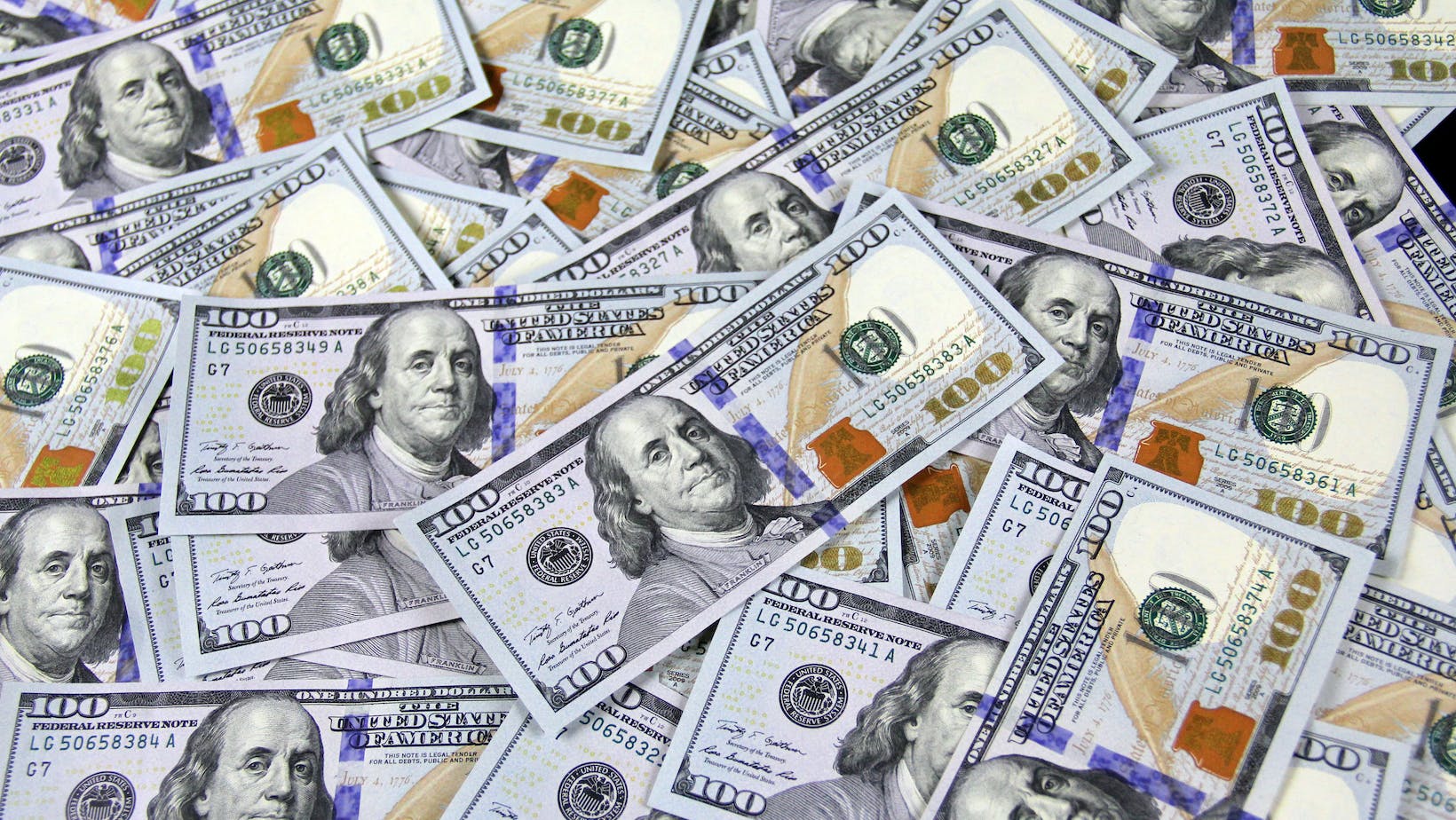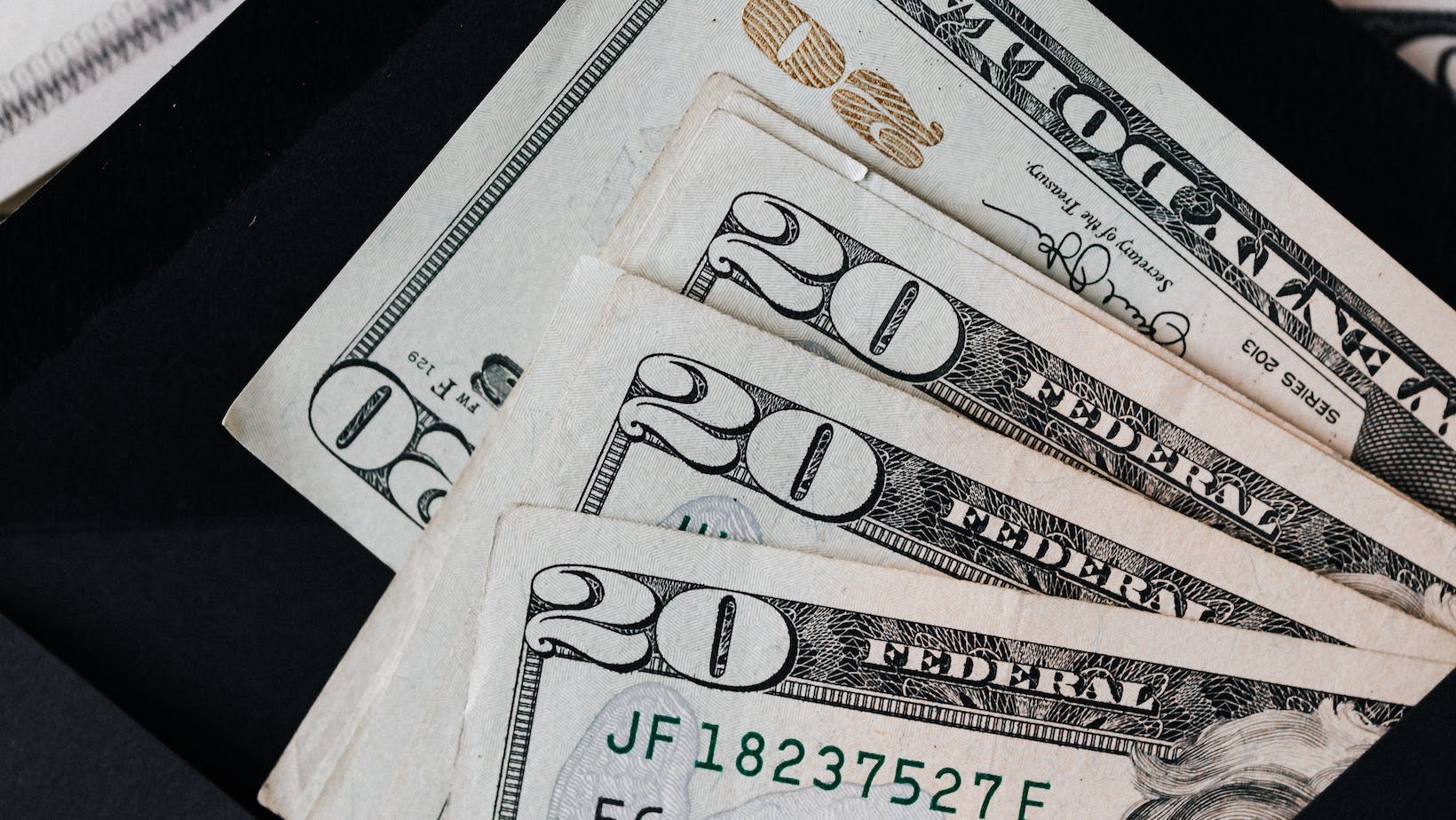 100 TL Kaç Manat
100 TL Kaç Manat
I’ve spent a significant amount of time exploring and understanding the intricacies of currency exchange rates. One question that frequently comes up is, “how much is 100 Turkish Lira (TL) in Manat?” The answer isn’t as straightforward as you’d think.
Currency conversion rates fluctuate daily based on economic factors, including inflation rates, interest rates, political stability, and more. So the exact value of 100 TL in Manat can vary from one day to the next. But don’t worry – I’ll walk you through how to find the most current rate.
Additionally, it’s important to remember that apart from the real-time exchange rate, banks or money transfer services might charge additional fees. Hence, the final amount that lands into your account could be less than what you calculate using just the conversion rate. Always keep this in mind when dealing with foreign currency exchanges!
What is TL?
Let’s dive right into the core of our topic today: TL, or Turkish Lira. This is the national currency of Turkey, and it’s also used in Northern Cyprus. It had been around for a long time before being replaced by New Turkish Lira (YTL) in 2005 due to excessive inflation rates. But don’t worry if you’re confused – they dropped the ‘new’ part in 2009, and it’s back to being just plain old TL again.
The symbol for Turkish lira is ₺, and its ISO code (the international standard that defines currency codes) is TRY. I know this may sound like jargon to some of us but trust me, it’s handy info when you’re dealing with foreign exchange markets or simply planning an overseas trip!
Now, let’s talk about coins and notes because that’s what most people will deal with on a day-to-day basis. The smallest denomination coin in Turkey is 1 kuruş (that’s pennies for my American readers). Then we have 5, 10, 25 and 50 kuruş coins along with the big one – the ₺1 coin.
When it comes to banknotes, things get larger – starting from ₺5 all the way up to ₺200 notes are available. Each note has a different color which not only makes them easier to distinguish but also adds a bit of vibrancy to your wallet!
A unique feature about Turkish Lira? Its banknotes have portraits of Mustafa Kemal Atatürk on them – he was the first President of Turkey and founder of Republic of Turkey after its independence.
- Smallest Coin: 1 Kuruş
- Coin Denominations: 1 ,5 ,10 ,25 ,50 Kuruş & ₺1
- Banknote Denominations: ₺5, ₺10, ₺20, ₺50, ₺100 & ₺200
So there you have it – a brief but comprehensive introduction to TL or Turkish Lira. It’s an interesting currency with a rich history and unique features that set it apart from other currencies around the world.

What is Manat?
The Manat, I’ll tell you, is a fascinating currency. It’s the official legal tender of two independent nations: Azerbaijan and Turkmenistan. Both countries call their currency “Manat”, but they’re different in value and design.
Let’s first head to Azerbaijan. Their Manat, known by its code AZN, replaced the old Manat (AZM) back in 2006 due to rampant inflation. Since then, it’s been fairly stable compared to other currencies around the world.
Now let’s travel Eastwards to Turkmenistan. This nation also uses a currency called “Manat”, but don’t mistake it for Azerbaijan’s; its code is TMT. The history behind Turkmenistani Manat is quite interesting too! It was introduced as a replacement for the Russian Ruble in November 1993 following their independence from the Soviet Union.
Aren’t these currencies exciting? Here are some fun facts about each:
- Azerbaijani Manat
- Azerbaijan was one of the first countries in the region to introduce polymer banknotes.
- They’ve got a variety of denominations ranging from 1 Qəpik coins to 200 AZN notes!
- Turkmenistani Manat
- Interestingly enough, this country has only ever minted one series of coins.
- Its banknotes feature portraits of Saparmurat Niyazov, Turkmenistan’s first President!
Understanding these unique currencies can be tricky business if you’re not used to dealing with foreign money. But armed with this knowledge about what exactly a ‘Manat’ is and where it comes from – well, now you’re better prepared than most!
Lastly, I’d like to emphasize that learning about currency exchange isn’t just for economists or traders – it’s useful knowledge for anyone who travels internationally or engages in online shopping from foreign websites. With a better understanding of “100 tl kaç manat” conversion rate dynamics, you’ll be well equipped for smart financial decision-making.
